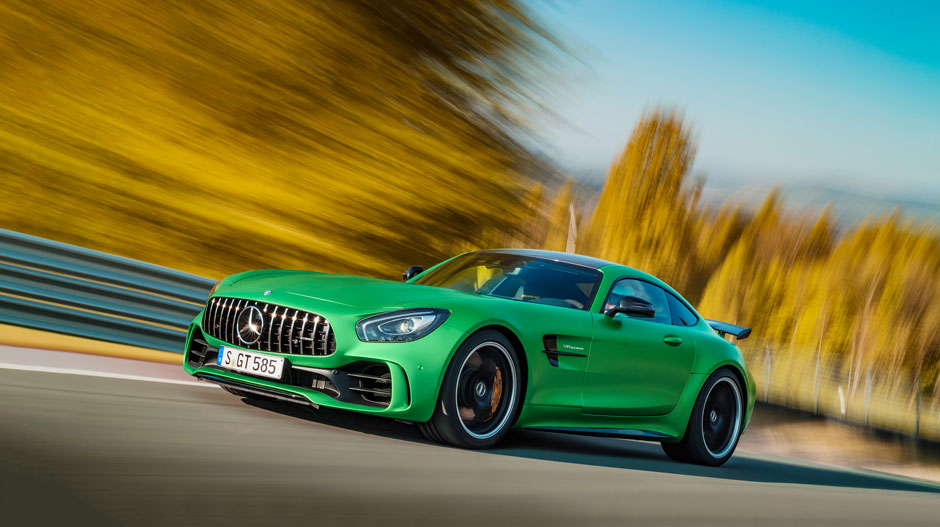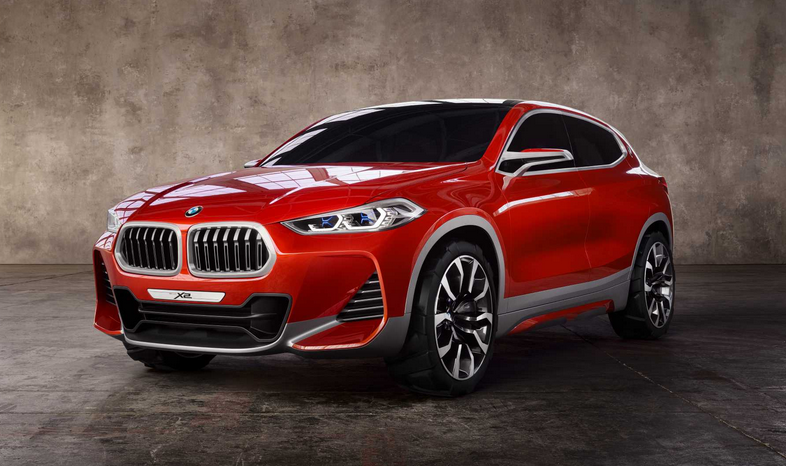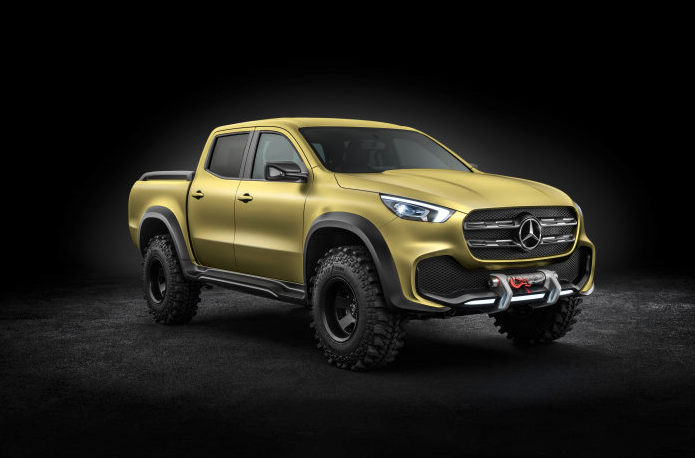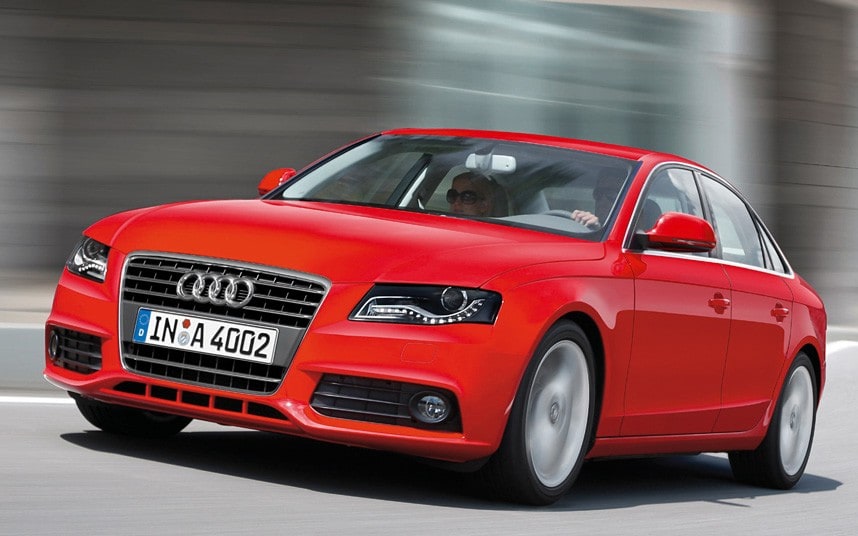Roadmap to Destiny: Fuji & Sakura
Called “The World’s Cruelest Rally”, Australia’s Mobilgas Trial in 1958 was an early test of automotive endurance, while becoming a key crossroad in Nissan’s history.
Marking a post-War return to racing, a marketing manager named Yutaka Katayama convinced management that motorsports would be good for the brand.
“We really thought that Nissan had to do better than it was. If we took the car we’d built and entered it into the rally, we didn’t think we would win – we would probably lose. But it wouldn’t matter if we won or lost, as long as we completed the race,” said Katayama, 102 year-old and former president of Nissan Motor Corp U.S.A.
“We didn’t need to be the hare; we could be the tortoise. This is what we thought from the beginning. If we decide on something, we should just go for it!”
Competing in the Australian race were a pair of Datsun 210s named “Fuji” and “Sakura”.
Their journey was filmed across the country by Katayama.
The cars’ main drivers were Yasuharu Namba and Yoshitane Oya.
“I joined Nissan as an engine test driver. A test car has to be run with the same person driving it in the same place. But it is extremely difficult to run the same test in the same conditions. For example, even if we tested a Datsun car on a particular day, even one day’s difference would mean that the temperature and climate were different,” explained Namba, who drove the “Fuji”.
“So we decided that if the conditions were going to be different anyway, the best way to test the car would be to compete in a rally. When we told the company that they said, ‘OK, off you go.’ As a result, I decided to go with Katayama-san’s proposal.”
The gruelling rally clockwise around the Australian continent covered 16,000 kilometers (10,000 miles) over 19 days.
The longest endurance race in the world at that time, many cars failed to finish.
Oya was told at the last minute that he will be joining the rally in Australia.
“If you are ordered to do it, you have to do it. Maybe you think it is strange, but if you are told to go, you have to go,” he said.
He recalled moments during the rally that provided comfort amid the long and arduous journey.
“There were some Japanese living in Australia after the war, or who had married Australians. When those people saw the Japanese flag, they were so happy. There were people who gave us presents during the race, at the checkpoints and other places – pickled plums, seaweed, even cakes. We heard people saying, ‘Well done’. That made us so happy,” he said, “One way or another we managed it. Somehow we got to the finishing line.”
The two Datsun 210s were among 36 out of 67 cars that managed to complete the rally.
“I thought, ‘We’re saved . . . now I don’t have to drive any more. I just didn’t want to drive any more. That’s how I felt,’” said Oya.
With a goal merely to finish, “Fuji” instead won its class title, while “Sakura” came in fourth.
The victory in Australia and subsequent car appearance at the 1959 New York International Auto Show caught the eyes of motor enthusiasts around the world.
The team became heroes on their return to Japan and the cars went on a celebratory tour across the country.
That attention helped pave the way for Nissan’s exports to the United States, which would be led by Katayama and lay the groundwork for over half century of company growth.






